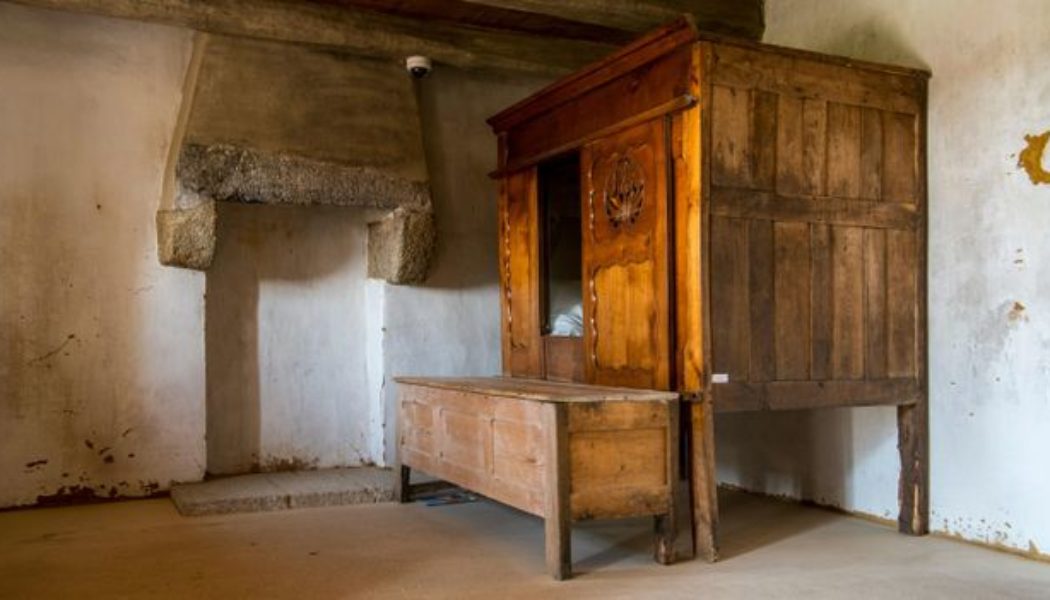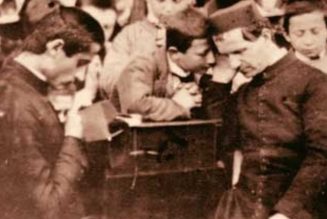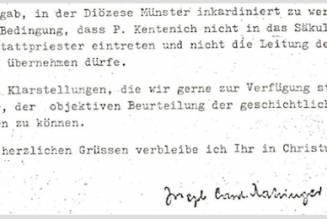
At a museum in Wick, in the far north of Scotland, is what looks like a particularly large pine wardrobe. With a pair of full-length double doors at the front, and suitcases stacked above it, it wouldn’t look out of place in a modern bedroom. It’s even assembled like regular flat-pack furniture – with each piece slotting together, so it can be easily moved and rebuilt. But this cupboard is not for storing shirts or jackets; there are no hangers or shelves inside. This is a box bed – and it’s designed to hold sleeping people.
Otherwise known as a closet bed or close bed, the box bed was surprisingly popular across Europe from the medieval era to the early 20th Century. These heavy pieces of furniture involved exactly what you would expect – a box made of wood that contained a bed. Some were plain and humble, no more than basic wooden containers. Others were elaborately decorated, with carved, panelled or painted sides. Often the cupboards had doors that closed to impound the sleeper within the blackness of their cramped interiors, or a little curtained window. The fanciest had a variety of uses – with bonus drawers and a seat at their base.
For centuries, drowsy farm-workers, fish-gutters, and even members of the nobility would crawl inside these cosy wooden dens each night, presumably being careful not to bash their elbows as they did so, and shut themselves in.








